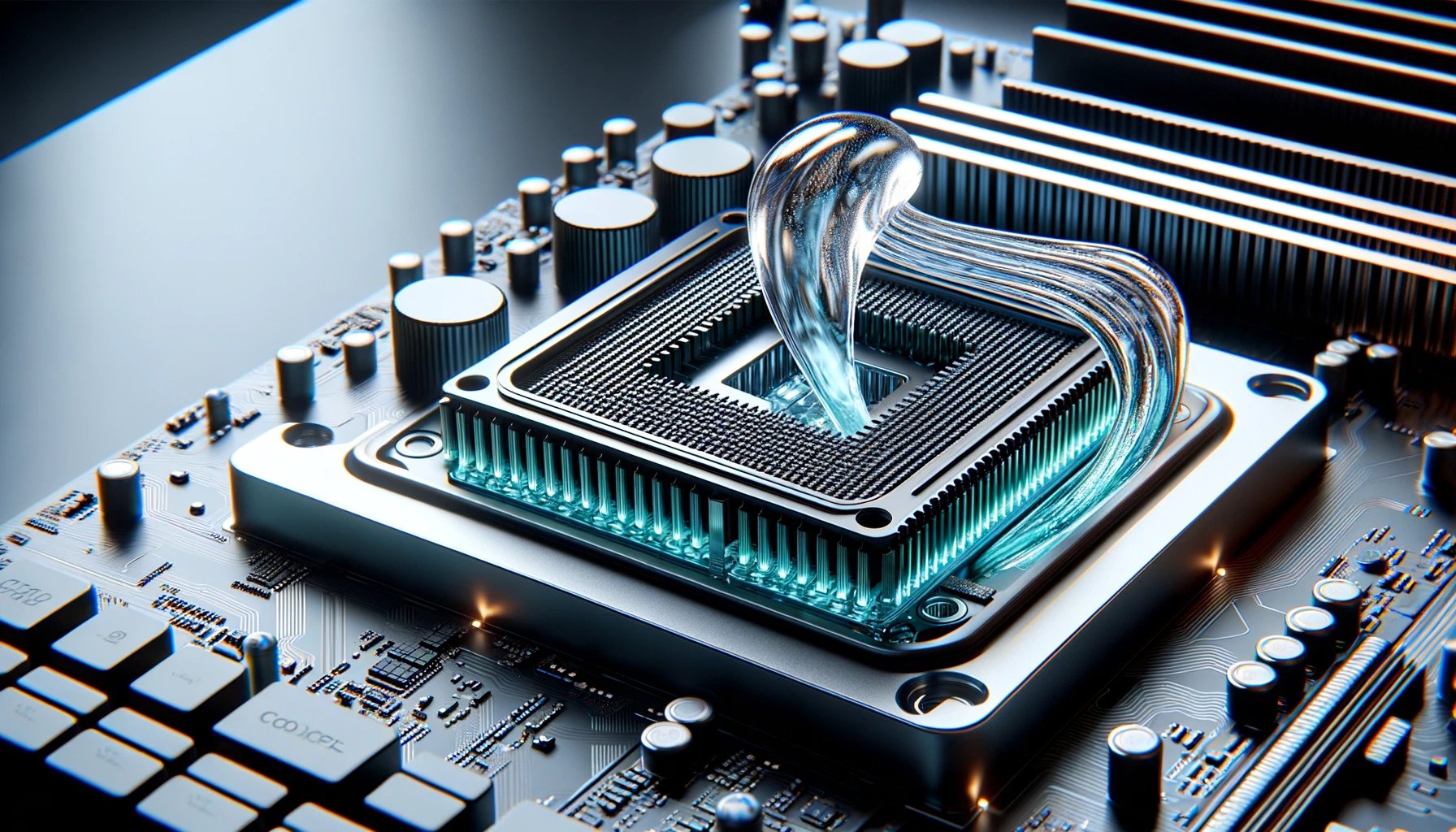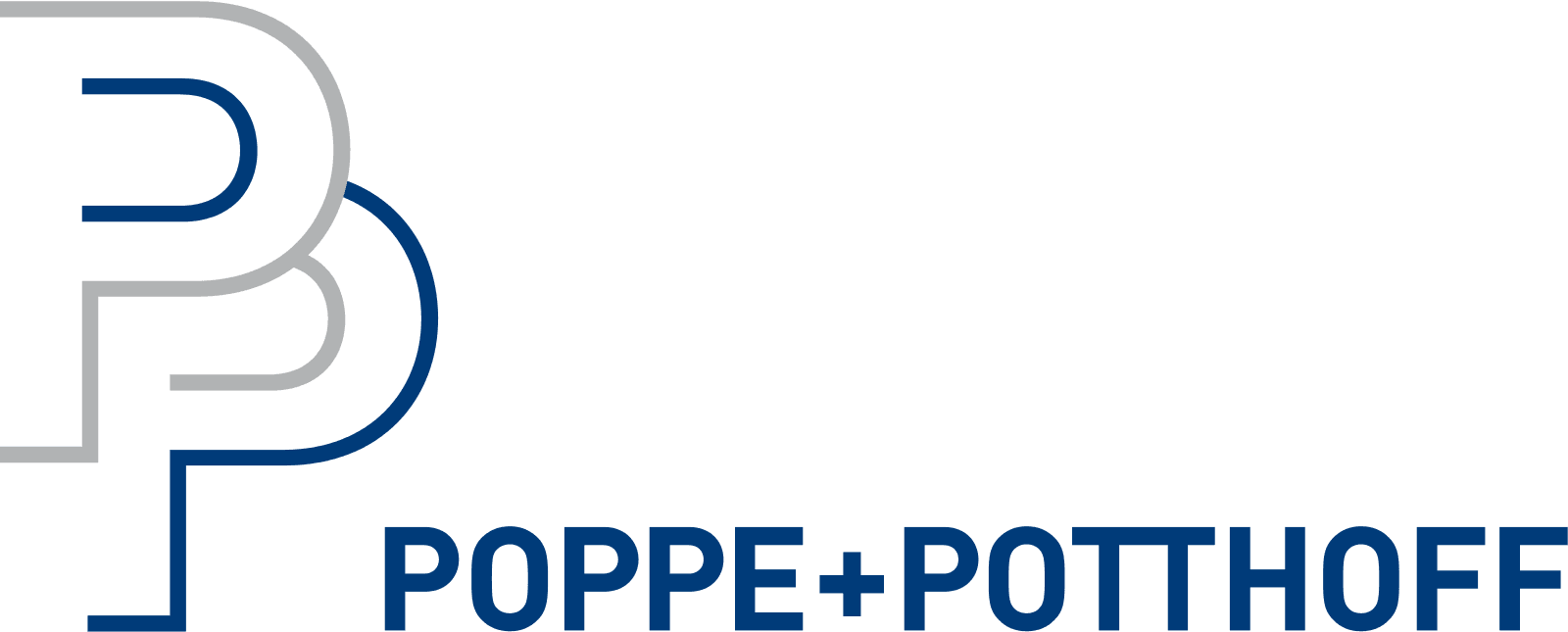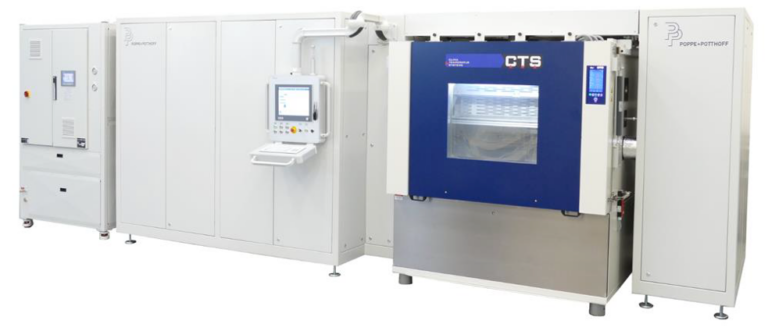
Pressure Test Stands For
Liquid Cooling Systems
Poppe + Potthoff Maschinenbau specializes in conducting burst and pressure pulsation tests for coolant distribution racks, manifolds as well as CPU and GPU cold plates. These tests ensure the mechanical strength and tightness of these components even during pressure fluctuations in cooling circuit pressure. Our critical tests for electronic control units, CPUs and GPUs encompass burst pressures of up to 70 bar (1100 psi) and pressure cycle testing with PG25 up to 20 bar (290 psi). We employ both wave and square curves at frequencies of up to 2 Hz. Passive cold plates rely on external Coolant Distribution Units (CDUs) for circulation, mitigating the risk of failure from internal pumps.
Pressure cycle testing, also known as pulsation testing, is crucial in research and development (R&D) for validating the durability and operational integrity of cooling systems under cyclic stress. This type of testing ensures that liquid cooling components, like cold plates and connectors, can withstand repeated pressure variations over their expected lifespan without failure. In the context of liquid cooling for server components, this becomes increasingly important as electronic components generate more heat with advancing computing power.
As AI technology drives the demand for more computing power in server farms, effective cooling becomes essential to maintain performance and prevent overheating. Liquid cooling, especially direct-liquid-cooling (DLC) systems, is significantly more efficient than traditional air cooling. Studies suggest that liquid cooling can improve energy efficiency by up to 40% compared to air cooling by directly removing heat from critical hot spots, leading to more sustainable operations in data centers.
The reliability of these systems is paramount. Ensuring that the cooling infrastructure is leak-free and designed for a long operational life is critical because even a minor leakage can cause catastrophic damage to valuable electronic components. As server components become denser and more powerful, the heat they generate increases, which traditional air cooling methods struggle to manage effectively.
Overall, the transition to liquid cooling technologies not only supports higher compute densities but also drives down energy consumption, making it a strategic choice for modern data centers looking to optimize for performance and sustainability in an AI-enhanced future.
Additional common tests for server cold plates include burst– and leak tests, and the infrastructure may undergo Water-Hammer tests on occasion.
Liquid Cooling Burst- and Pressure Cycle Test Rig
Poppe + Potthoff Maschinenbau leads in burst and pressure pulsation testing for liquid cooling components like coolant distribution racks, manifolds, and CPU/GPU cold plates. Our rigorous testing ensures these components can withstand extreme pressure fluctuations, with burst pressures up to 70 bar (1100 psi) and pressure cycle testing at up to 20 bar (290 psi) using PG25 coolant. We utilize both wave and square pressure curves at frequencies up to 2 Hz, providing a comprehensive simulation of operational conditions. Additionally, our testing of passive cold plates, which rely on external Coolant Distribution Units (CDUs), further guarantees system reliability by mitigating internal pump failure risks.
Contact Us
Our experienced technical sales team will help you with the implementation of your project and will find a solution tailored to your specifications and your requirements. We are represented internationally and can support you and your company worldwide. Our team has completed hundreds of projects many of which involved supporting test facilities with identical equipment. P+P Maschinenbau is your internationally trusted partner.


